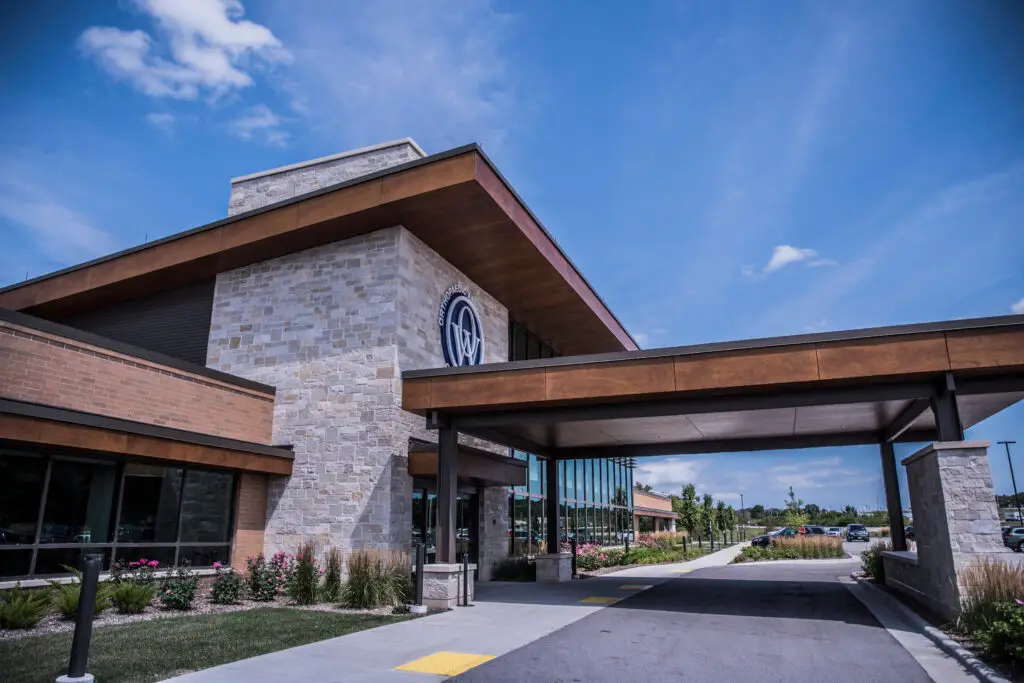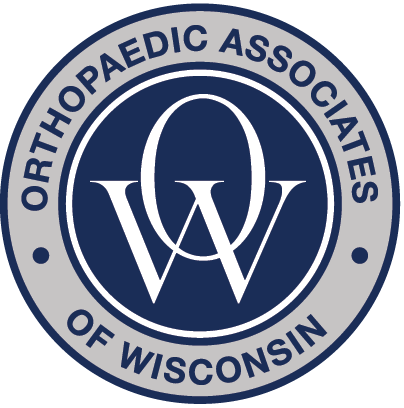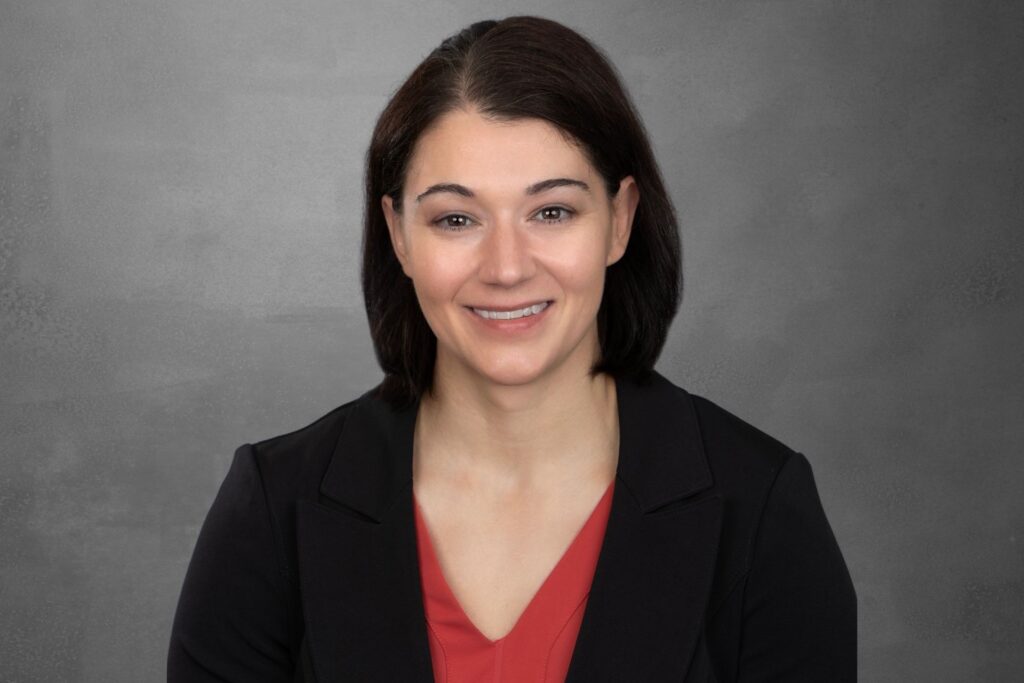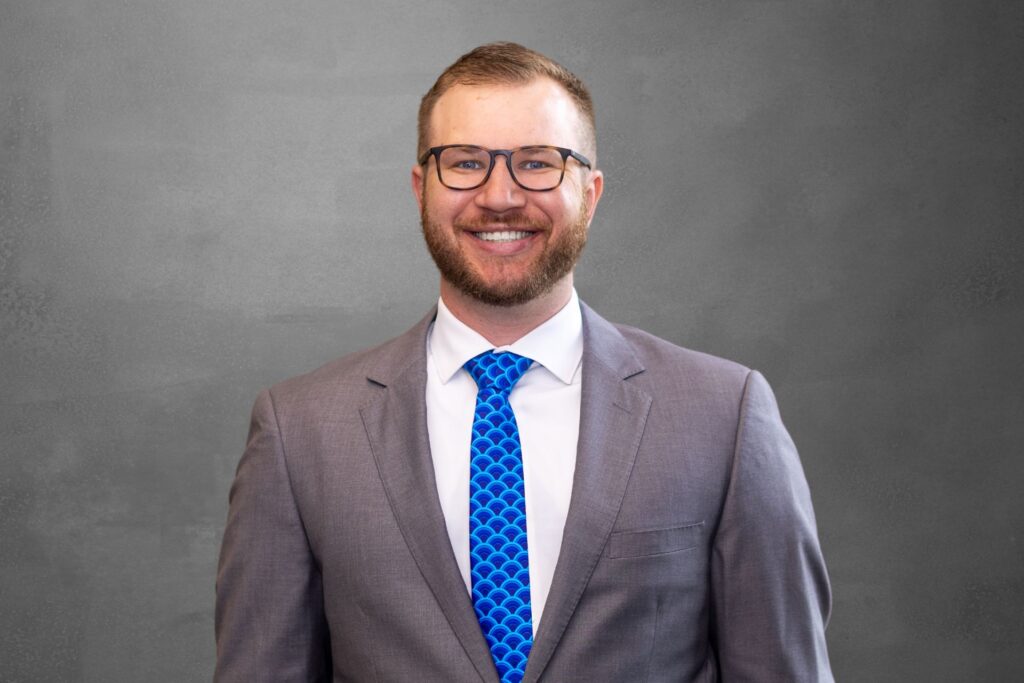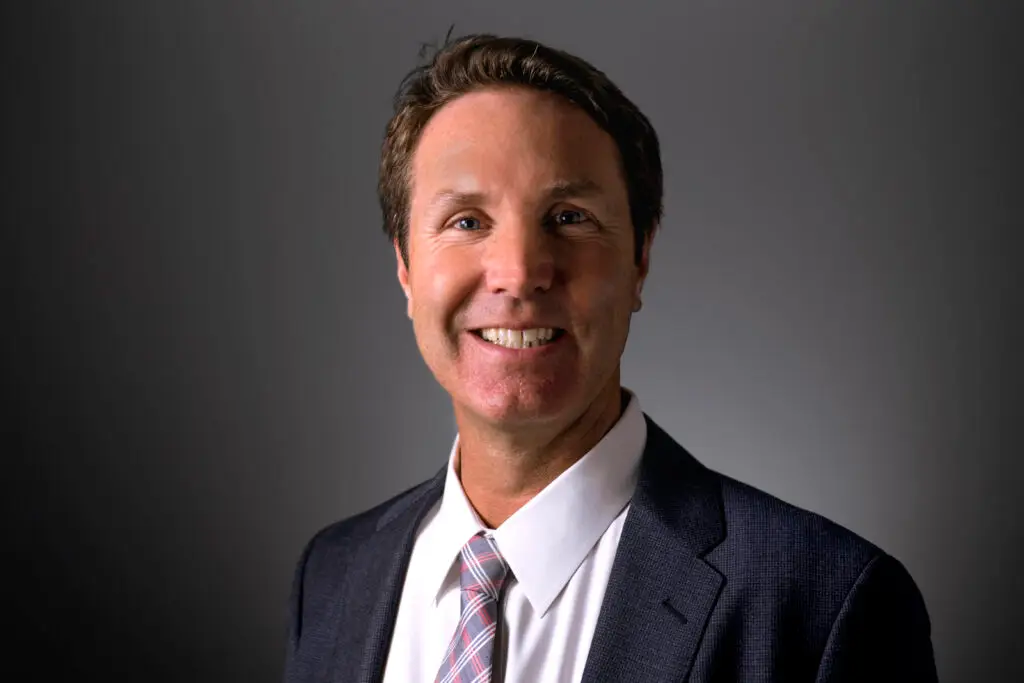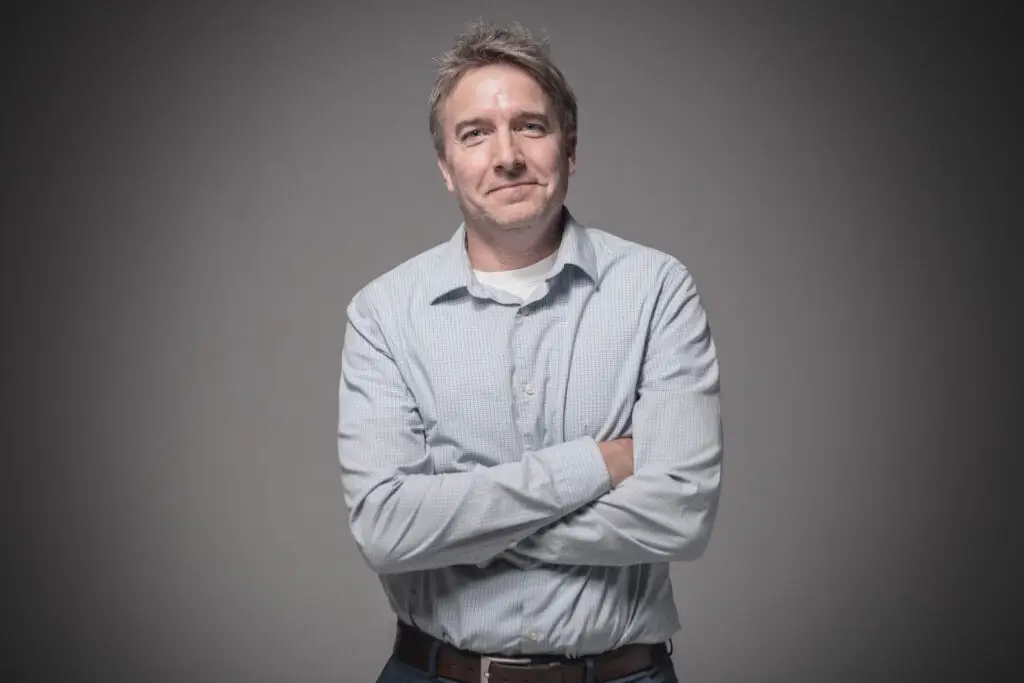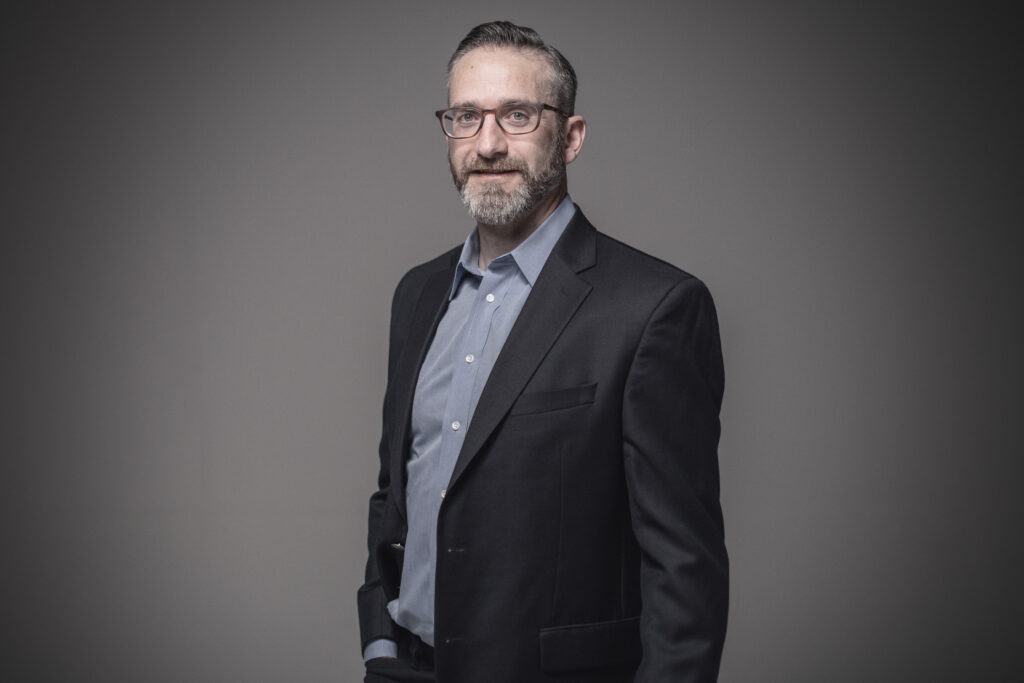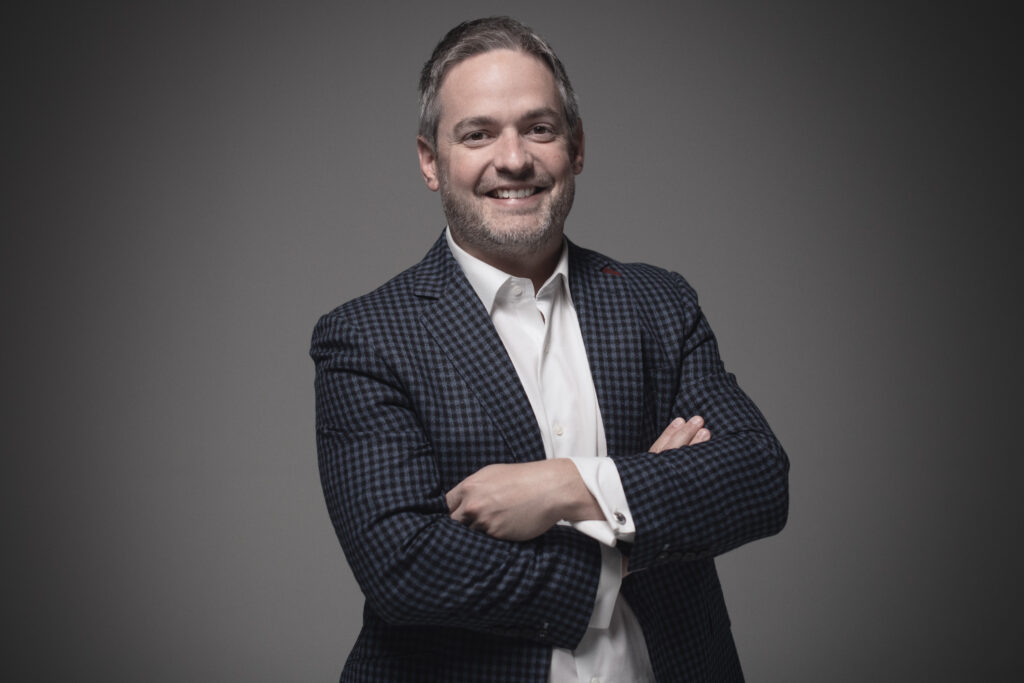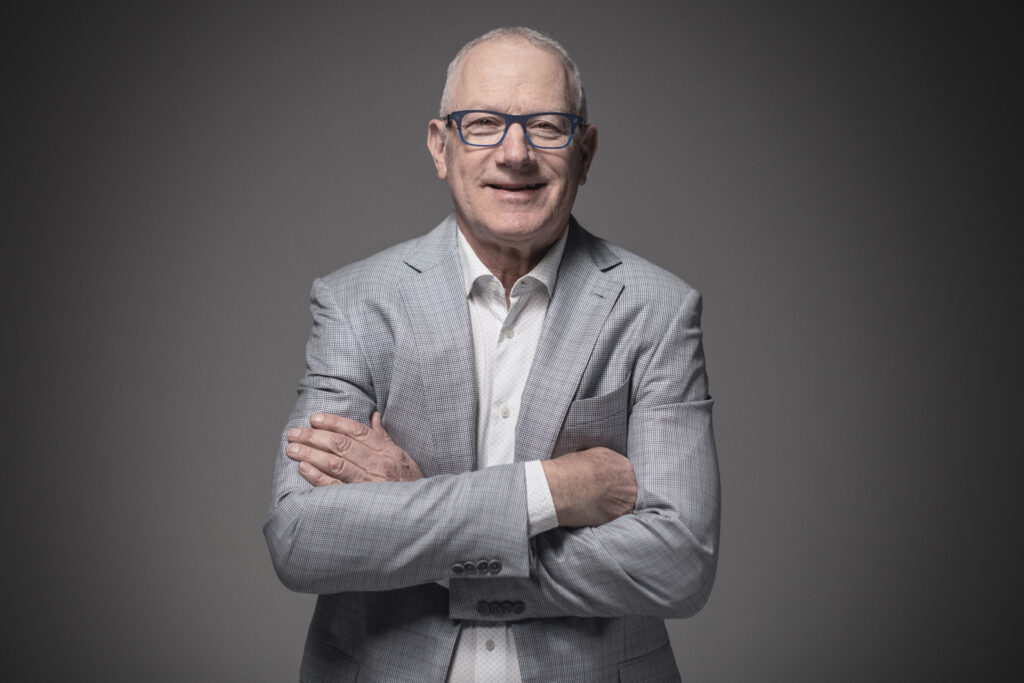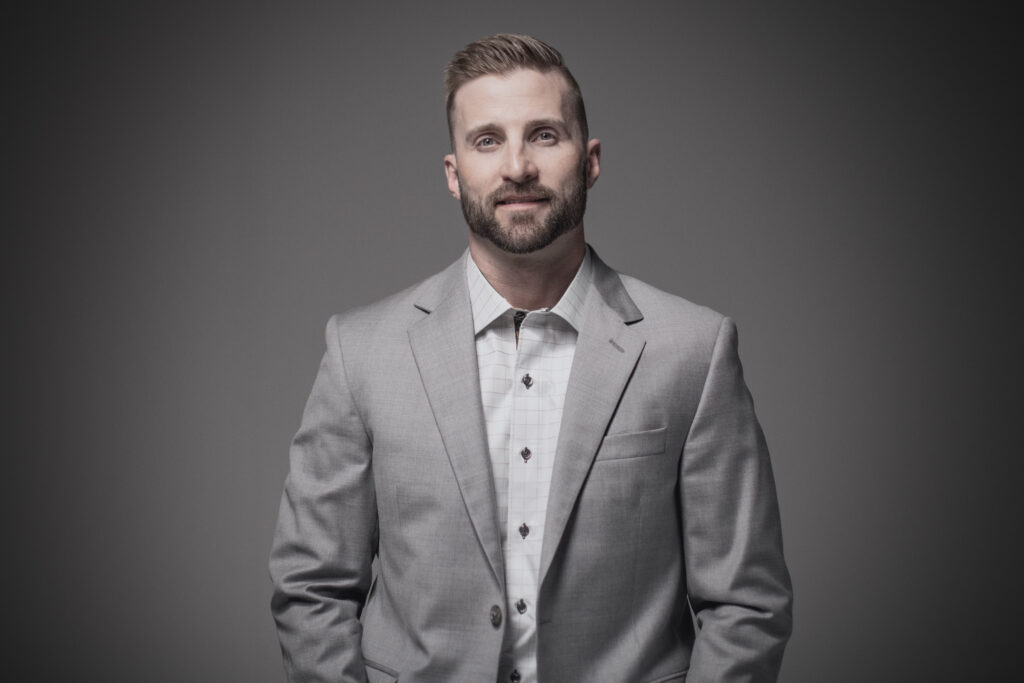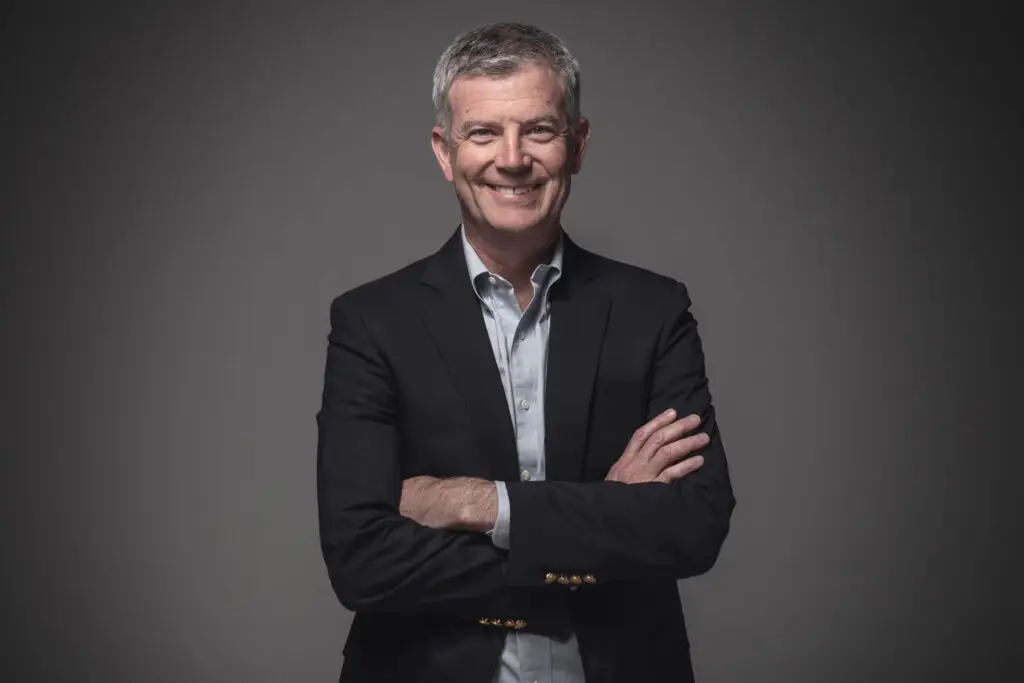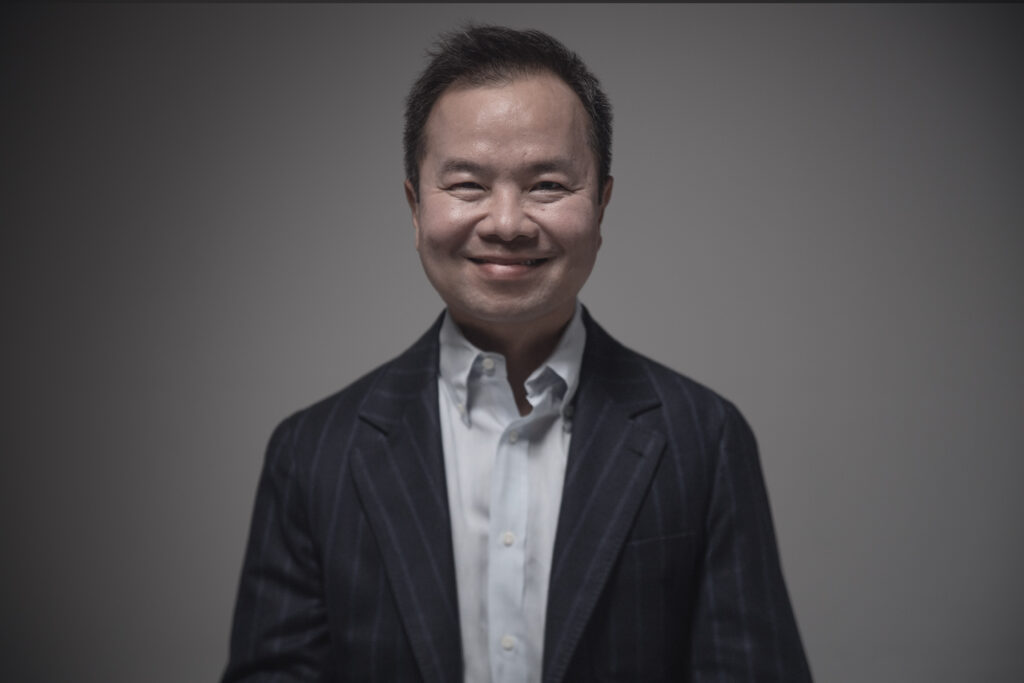SLAP Repair Surgery
SLAP repair (Superior Labrum Anterior to Posterior repair) is a common orthopaedic procedure to treat shoulder pain and instability.
What Is a SLAP Tear?
The labrum is a ring of cartilage that lines the socket of your shoulder joint, helping to keep it stable. A SLAP tear involves damage to the top part of the labrum—where the biceps tendon attaches.
Common Causes of SLAP Tears:
Repetitive overhead motion (e.g., throwing sports, swimming)
Sudden trauma (e.g., a fall or shoulder dislocation)
Heavy lifting or pulling
Degeneration from aging
Symptoms of a SLAP Tear
If you have a SLAP tear, you might experience:
A catching, locking, or popping sensation in the shoulder
Pain during overhead activities
Decreased shoulder strength
A feeling of instability or looseness
Deep, aching pain that doesn’t go away with rest
Diagnosis
SLAP tears are diagnosed through:
Physical examination and symptom discussion
Imaging tests, such as MRI with contrast
Arthroscopy, a minimally invasive procedure that allows direct visualization (and often repair)
What Is SLAP Repair?
SLAP repair surgery involves using small instruments and a camera (arthroscopy) to reattach the torn labrum to the bone using sutures and small anchors.
Goals of the Procedure:
Restore shoulder stability
Relieve pain
Return to normal activity levels
Prevent future shoulder damage
Who Needs SLAP Repair?
SLAP repair may be recommended if:
Conservative treatments (like rest, physical therapy, and anti-inflammatories) haven’t helped
You’re under 40 and physically active
The tear is causing instability or impeding daily activities
For older patients or those with certain types of tears, biceps tenodesis (a related procedure) may be considered instead.
Recovery and Rehabilitation
Recovery Timeline varies, but typically includes:
Week 1–4: Arm in a sling; passive range of motion only
Week 5–8: Begin active motion and light strengthening
Month 3–6: Full strengthening, gradual return to sports or overhead work
Physical therapy plays a crucial role throughout recovery.
Risks and Success Rates
SLAP repair is generally safe, with low complication rates. However, as with any surgery, there are risks including:
Stiffness
Infection
Re-tear
Continued pain (especially in older patients)
Most patients regain near-normal shoulder function and experience significant pain relief.
When to See an Orthopaedic Specialist
If shoulder pain is limiting your lifestyle or not improving with conservative care, it’s time to seek expert evaluation. Early diagnosis and treatment can prevent worsening damage and speed your return to the activities you love.
OUR SHOULDER SPECIALISTS
Specialties:
Hip, Knee, Shoulder, Sports Medicine
Specialties:
Hip, Knee, Shoulder, Sports Medicine, Joint Replacement
Specialties:
Sports Medicine, Knee, Hip, Shoulder, Spine, Foot & Ankle, Elbow, Hand & Wrist
Specialties:
Hip, Knee, Shoulder & Sports Medicine
Specialties:
Shoulder, Elbow, & Sports Medicine
Specialties:
Knee, Shoulder, Sports Medicine, Foot & Ankle
Ready to Take the Next Step Toward Relief?
If you’re experiencing foot or ankle pain, discomfort, or limited mobility, our orthopedic specialists are here to help. With advanced diagnostic tools and personalized treatment plans, we’re committed to getting you back on your feet. Request an appointment today and take the first step toward feeling better.
